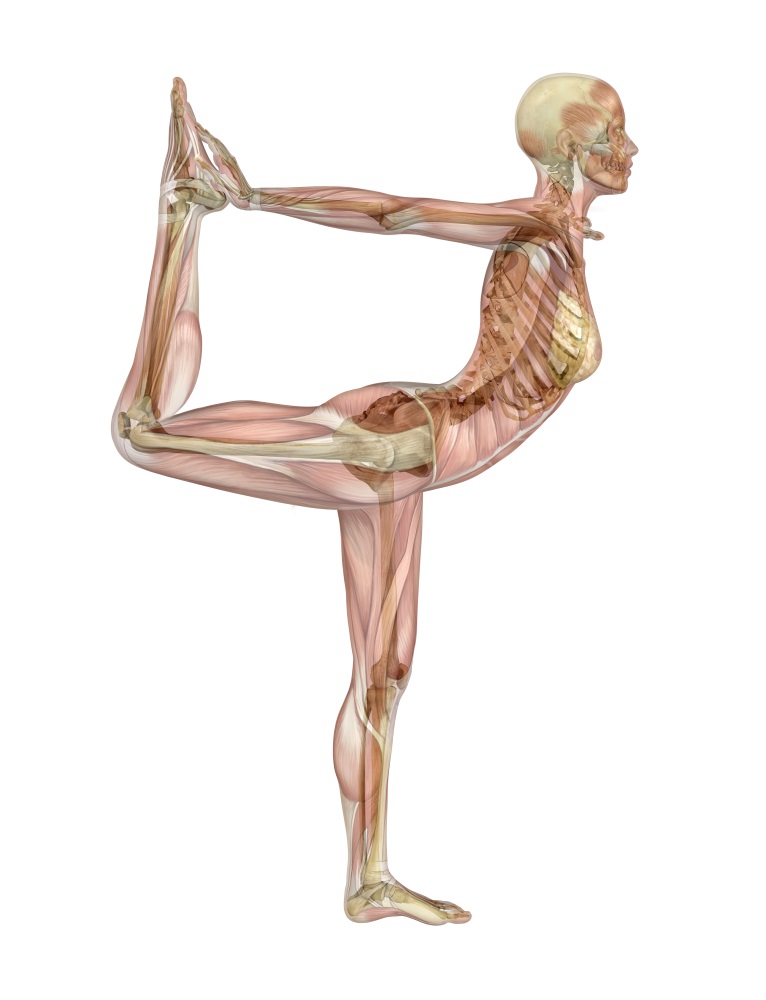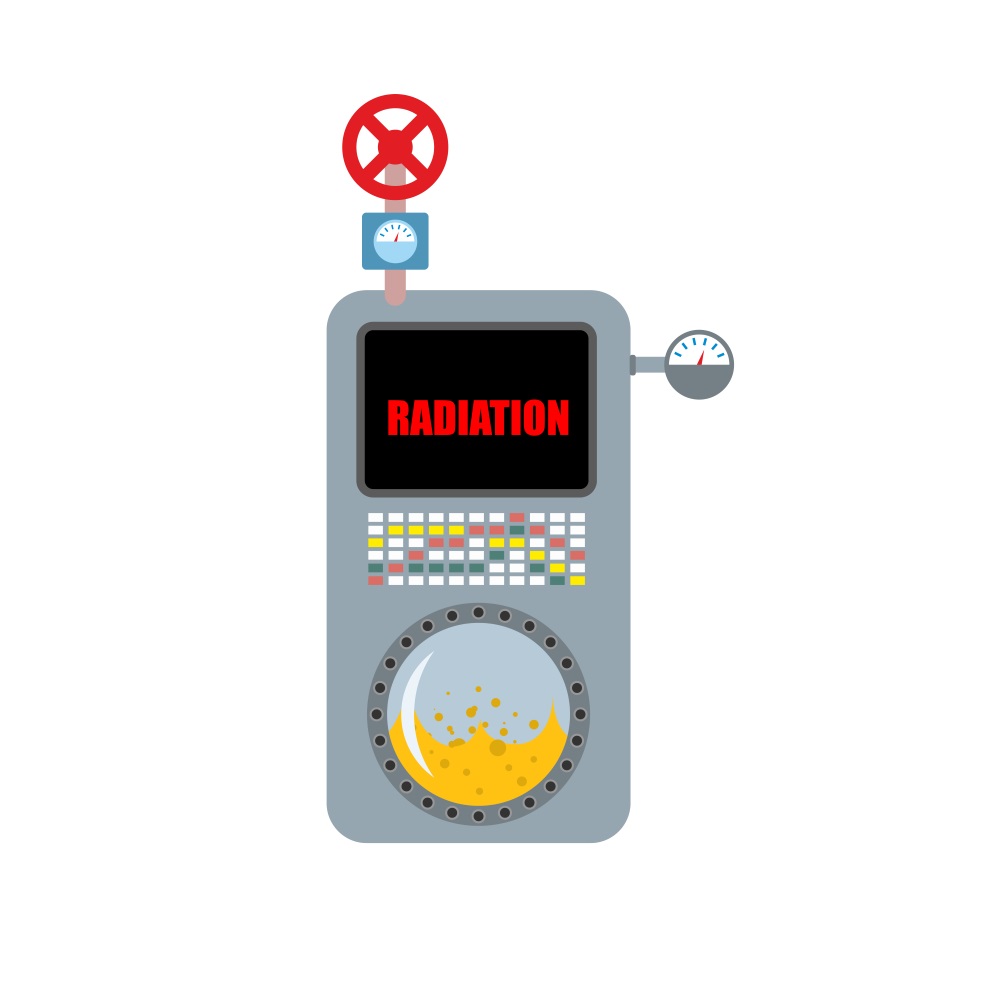
Cancer treatment does not limit itself to chemotherapy and surgery. One of the most important tools in our arsenal against many types of cancer (head and neck, bladder, lung, among others), is delivering low doses of radiation to cancer cells in order to delay, or even stop the growth of these malignant cells. As with any medical treatment, it must be done with caution. Even at an adequate dose, radiation brings undesirable secondary effects such as fatigue, skin reactions, hair loss, and infertility. But, if used in an excessive dose, it could cause suppression of the immune system – and even other types of cancer, (although this is very rare).

To avoid this issue, there are several types of instruments that allow us to measure the radiation dose during individual radiotherapy sessions. Researchers at the University of Iowa decided that these instruments are not enough. One of the traditional methods used to perform radiotherapy dosing is to make a review of dose distributions overlaid on image datasets of the patient in 2D. The system presented by the University of Iowa’s team allows the physician to ‘visualize and interact with 3D isodose volumes’, and all of this data will be assessed using 3D images of the patient anatomy in an Augmented Reality environment.

Radiotherapy dosage plans were extrapolated into DICOM format, and this data was processed in order to be segmented and obtain 3D models, which were paired with similar isodose volumes constructed in 3D from this dosage plans, allowing the physician to make a full assessment of how the radiation dose interacts with the associated patient anatomy, thus making a volumetric comparison. Both of these images were processed and exported to be compatible with an Augmented Reality platform through a Head Mounted Device (the brand was not specified), which allowed to explore in full 3D this models through hand gestures that allowed intuitive interactions with them.

If paired with several clinical studies that give this new method of visualization a standardized way of interpreting these results, this visualization method could become the norm when it comes to radiation dosage assessment. In order to do this, it needs several studies that find a global way of interpreting these results in able to provide the same dosage at any radiotherapy center. Until that is done, right now it’s nothing more than a visualization system (and a pretty good one), but scientific data needs to be obtained from it before considering it for the purpose it was made for.
Certainly, it’s a very interesting use for Augmented Reality, and as the researchers said in the medical paper, it can supplement clinically established methods and improve the assessment process. Let us know what you think in the comments section!








